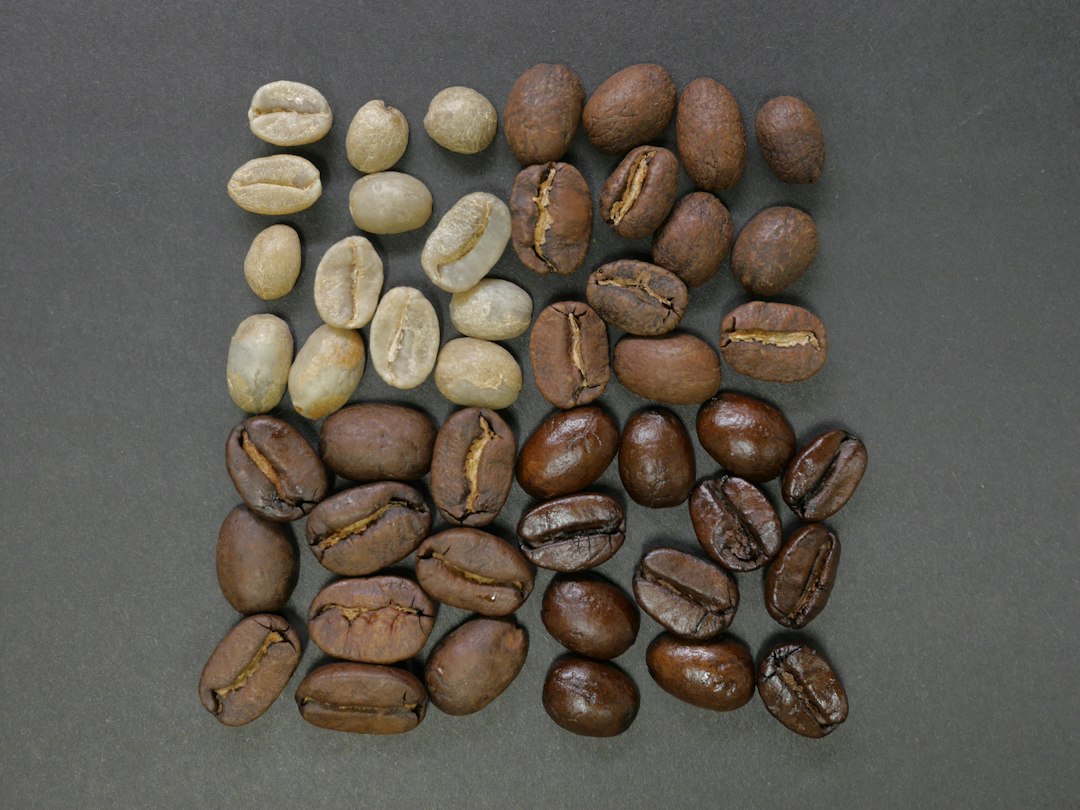Exploring the Fascinating World of Craft Chocolate: From Bean to Bonbon
Chocolate, the indulgent treat that captivates our taste buds and warms our hearts, has a rich history dating back thousands of years. While mass-produced chocolate dominates every grocery store shelf, there is a growing movement towards craft chocolate. Craft chocolate makers are taking center stage, showcasing their creativity and passion for the art of making this delectable treat. Join us on a journey to explore the fascinating world of craft chocolate, from bean to bonbon.
It all begins with the cacao bean, the heart and soul of chocolate. Grown in tropical regions such as Central and South America, Africa, and Southeast Asia, cacao beans are carefully harvested from the pod of the cacao tree. Craft chocolate makers prioritize sourcing high-quality beans, often forming direct relationships with farmers to ensure fair trade and ethical practices.
Once the cacao beans are harvested, they undergo a series of processes to transform them into chocolate. The first step is fermentation, where the beans are placed in containers and left to ferment for several days. This crucial stage develops the complex flavors and aromas we associate with chocolate. Craft chocolate makers often experiment with different fermentation techniques to bring out unique and exciting flavor profiles.
After fermentation, the beans are dried and roasted to further enhance their flavor. The roasting process varies between craft chocolate makers, with some opting for lighter roasts to preserve the bean’s natural flavors, while others prefer a deeper roast for a more robust taste. This is where the chocolate maker’s expertise truly shines, as they carefully monitor the roast to achieve the desired outcome.
Once the beans are roasted, they are cracked and winnowed to separate the cacao nibs from the outer husk. These nibs, which contain cocoa solids and cocoa butter, are then ground into a paste known as chocolate liquor. At this stage, craft chocolate makers have the opportunity to add other ingredients such as sugar, milk powder, or additional flavors to create their unique chocolate recipes. The chocolate liquor is then conched, a process that involves continuously stirring the mixture to smooth out the texture and develop its flavors.
Finally, the chocolate is tempered, a critical step in achieving a glossy finish and a satisfying snap. This process involves carefully heating and cooling the chocolate to encourage the formation of stable cocoa butter crystals. The tempered chocolate is then poured into molds or used as a coating for various confections, such as truffles or bonbons.
Craft chocolate makers set themselves apart from mass-produced chocolate through their attention to detail and commitment to quality. They go above and beyond to source the finest ingredients and experiment with innovative flavor combinations. From single-origin bars that highlight the distinct flavor profiles of specific regions to chocolate infused with exotic spices or fruits, craft chocolate offers an adventure for the palate.
But it’s not just about taste. Craft chocolate makers often prioritize sustainability and transparency. They emphasize fair trade practices, ensuring that farmers receive fair compensation for their hard work. Moreover, they strive to reduce their environmental impact by sourcing organic ingredients, using renewable energy, and minimizing waste.
Exploring the fascinating world of craft chocolate allows us to appreciate the artistry and dedication that goes into every bar. Behind each delectable piece lies a story, from the hands that cultivated the cacao beans to the passion that transformed them into chocolate. So next time you indulge in a piece of craft chocolate, take a moment to savor the flavors and appreciate the journey it took to reach your taste buds.

